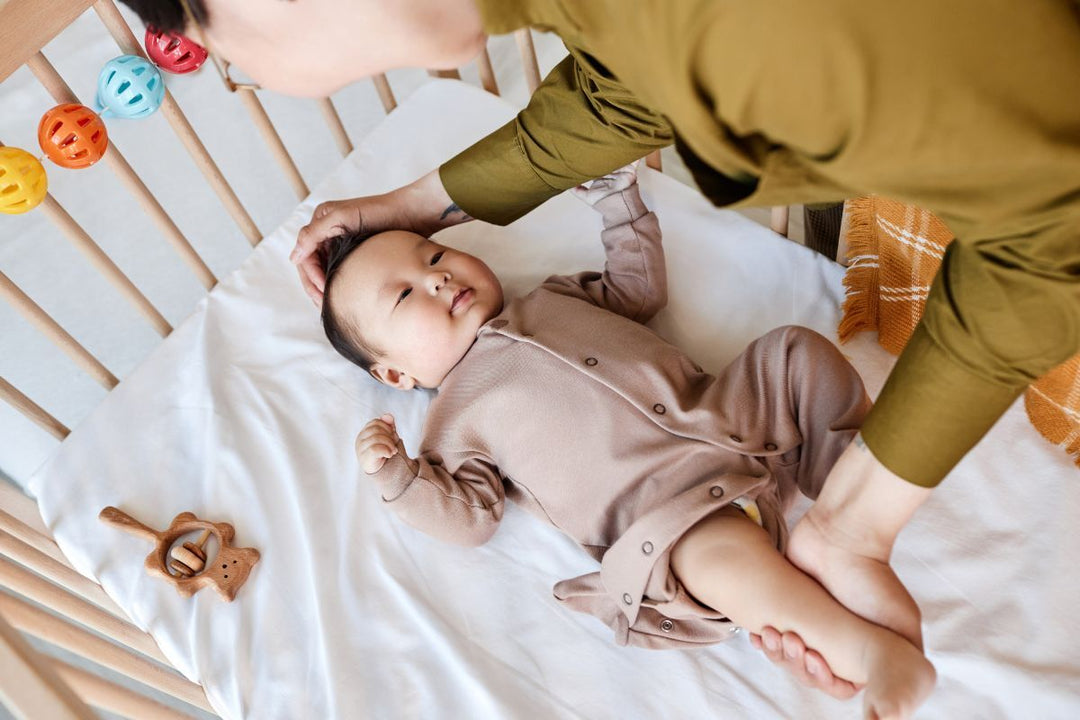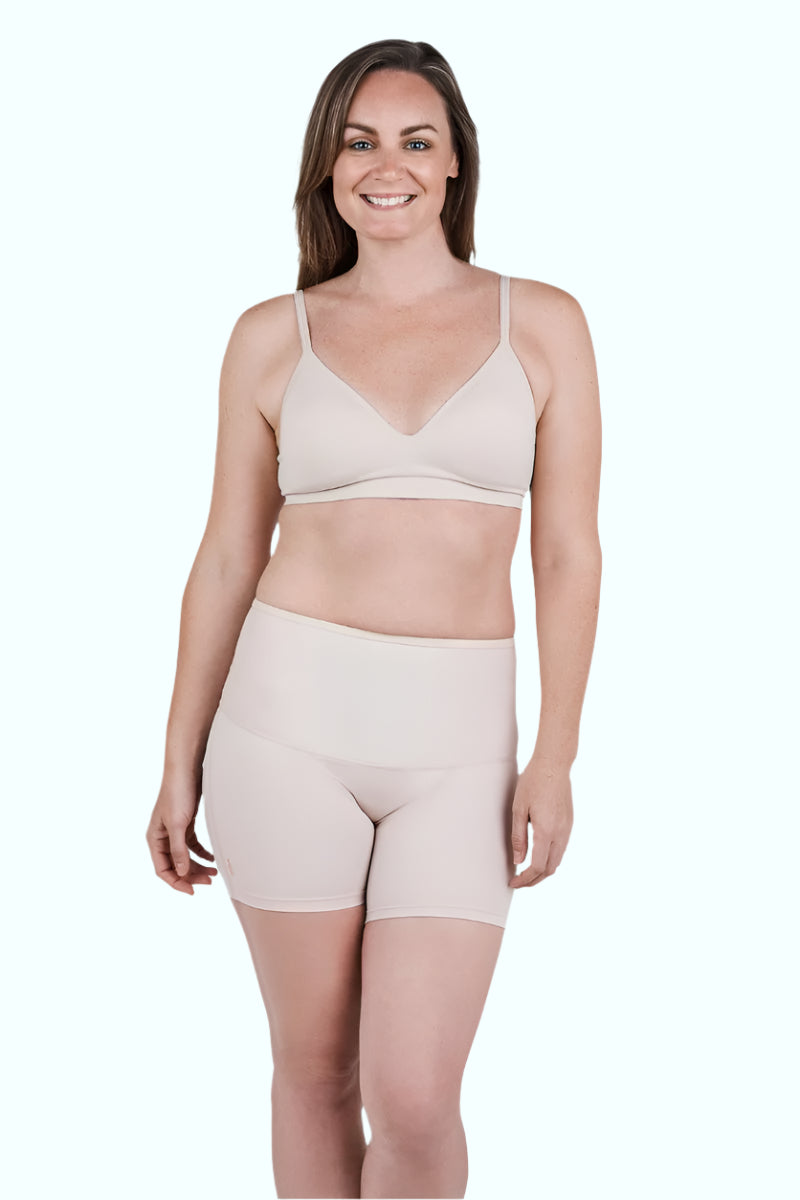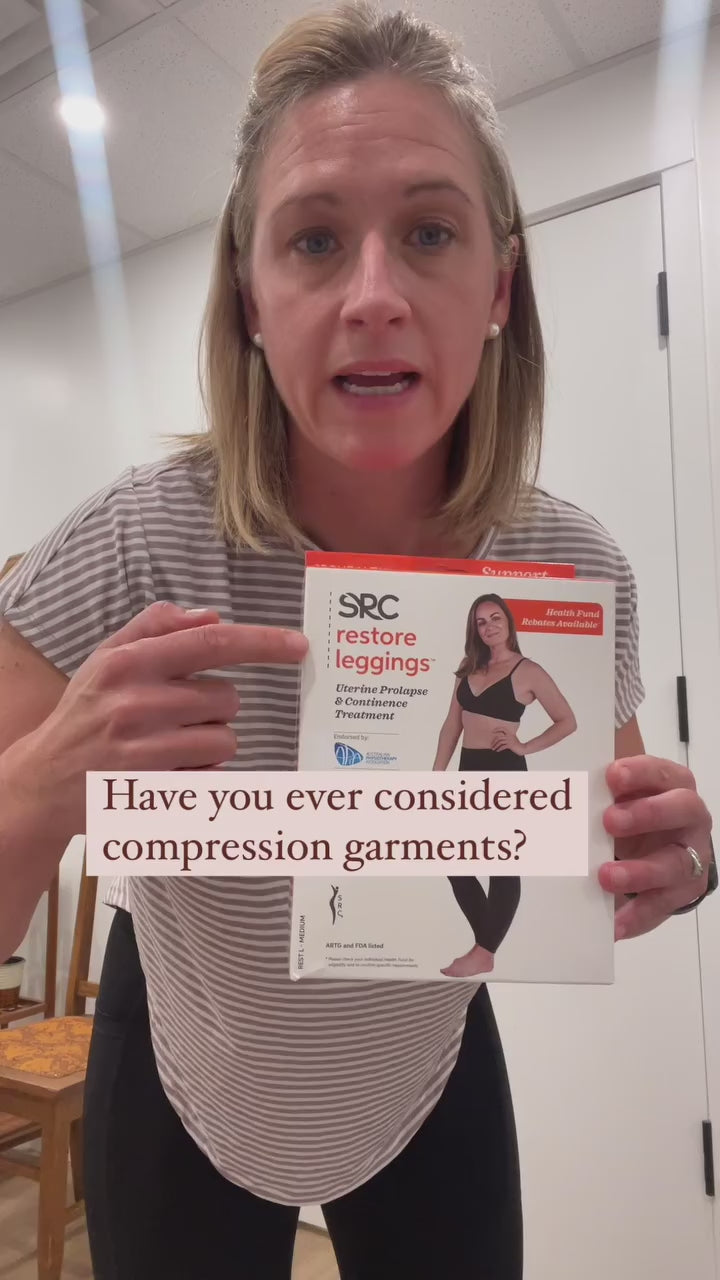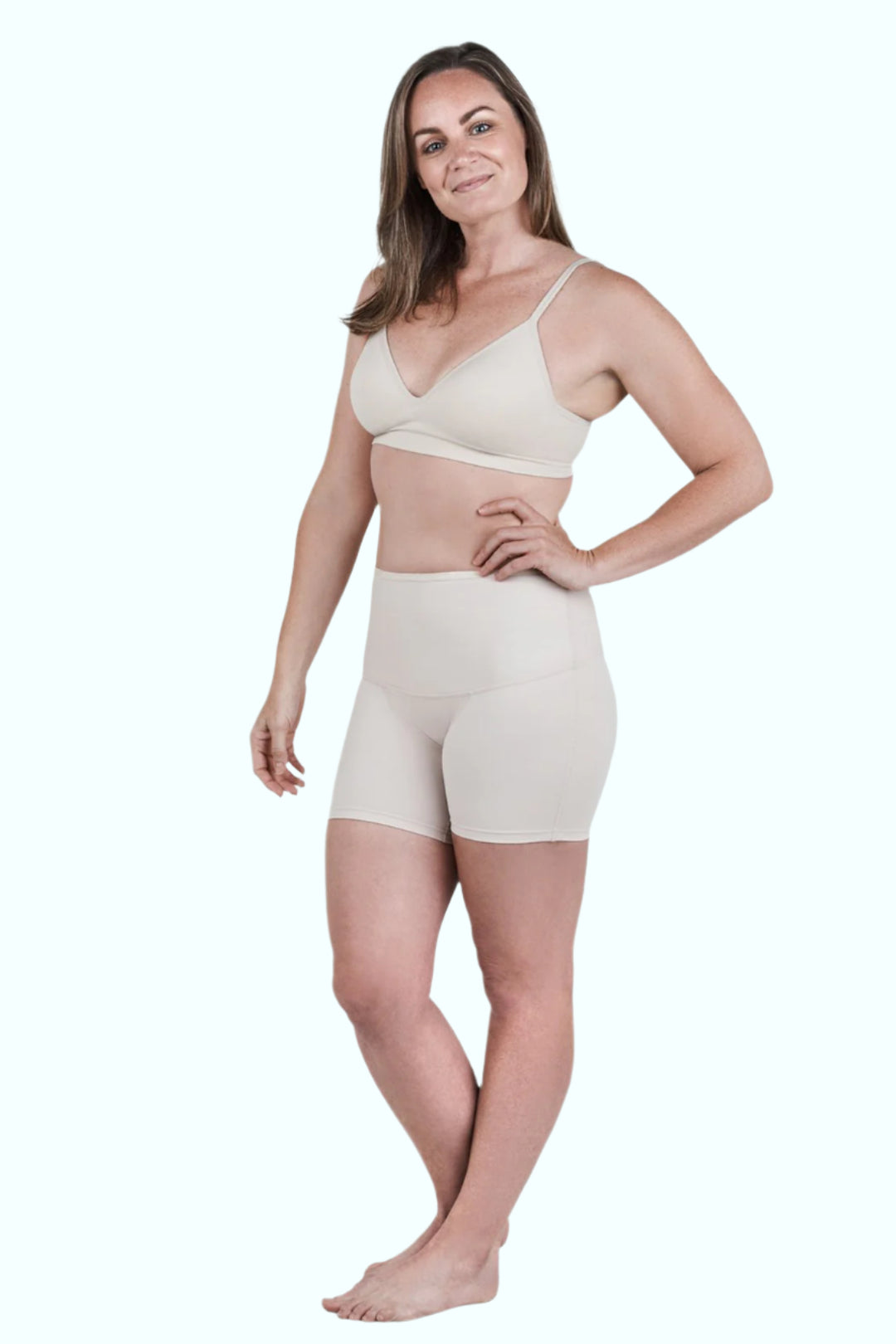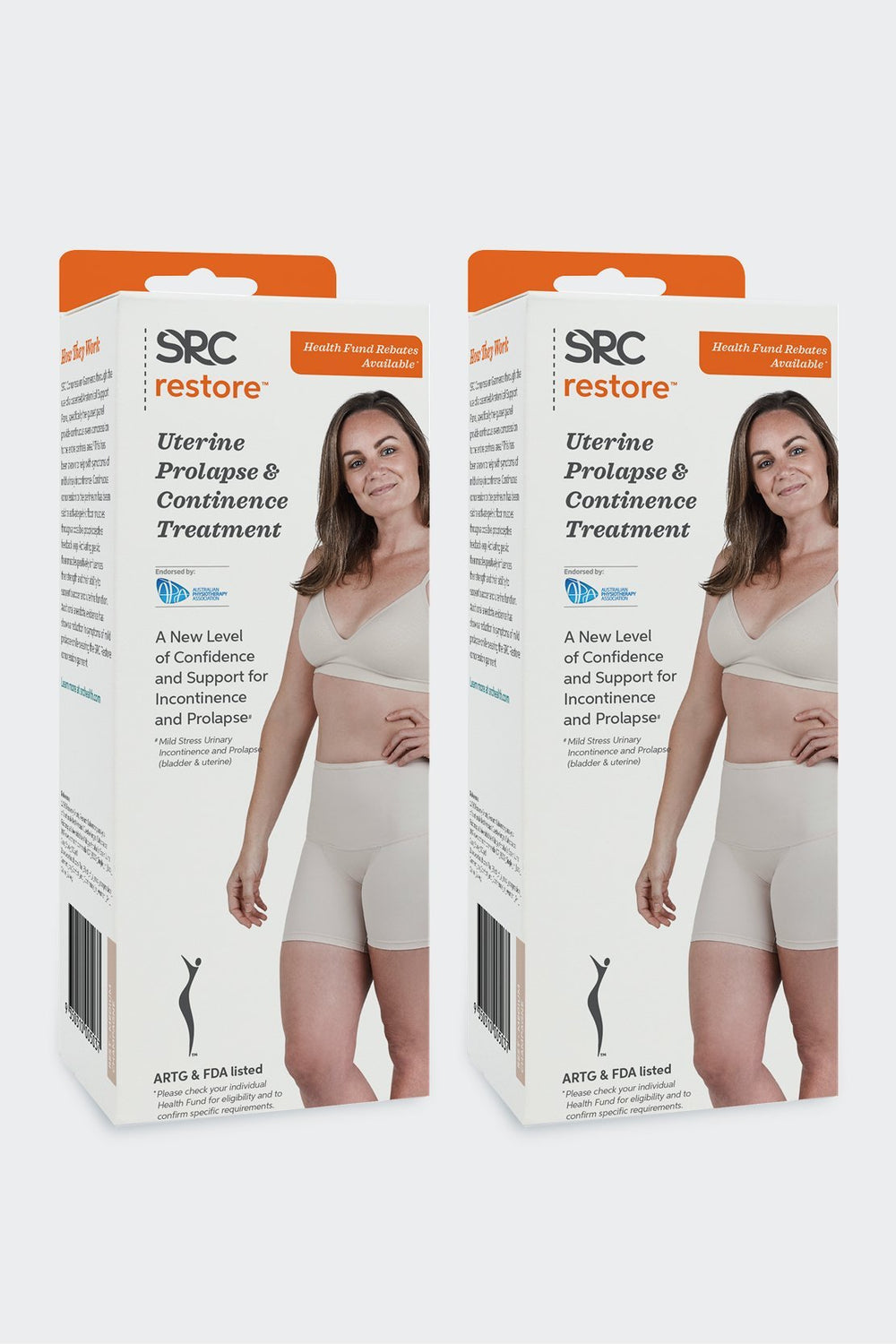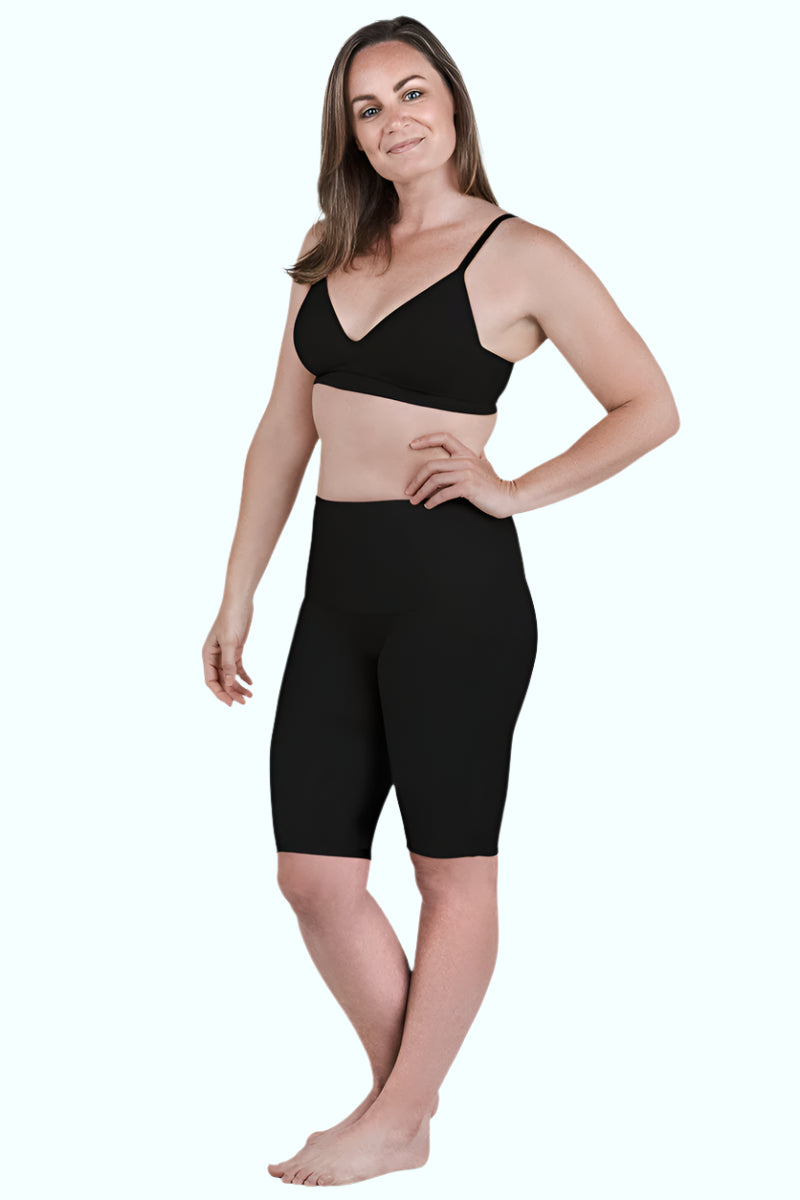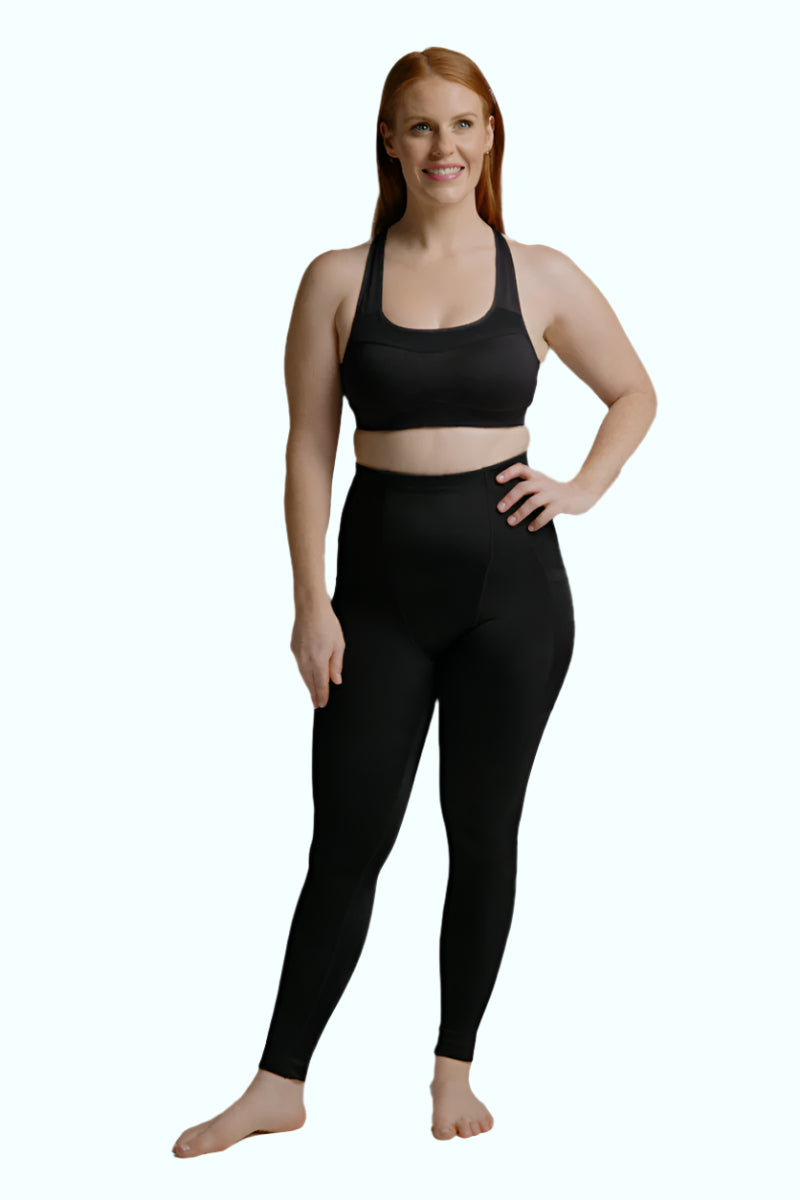Welcoming a baby is a joyful time, but the postpartum period can also be physically and emotionally demanding. While much of the focus is often on preparing for the baby’s arrival, your own recovery is equally important.
Getting ready early, even as soon as the second trimester, ensures you’re not scrambling to gather what you need during an already overwhelming time. Preparing a postpartum checklist can help ease your recovery and allow you to focus more fully on bonding with your baby.
In this guide, we’ll walk you through the postpartum must-haves to help you feel more comfortable and supported during those first few weeks after birth.
Postpartum Care Essentials: What to Prepare
Whether you're planning a vaginal birth or C-section, here are some of the key items you can prepare ahead of time. Many of these postpartum must-haves can be purchased during pregnancy, ideally by the third trimester, so your hospital bag and home setup are ready to go.
Hygiene and Healing Postpartum Essentials
-
Pain relief medicine
Over-the-counter pain relievers like paracetamol or ibuprofen can help manage afterbirth pains and general soreness. Always check with your healthcare provider about what’s safe if you’re breastfeeding or you have been prescribed other medications.
-
Ice packs and heating pads
Alternating cold and warm therapy helps with swelling, muscle tension, and perineal discomfort. SRC Relief Femme-Eze Perineum Ice & Heat Packs are designed to provide soothing relief right where you need it.
-
Hemorrhoid cream
Swollen veins can be a common issue after childbirth. A cooling, medicated cream and ice packs can help soothe pain and reduce inflammation.
-
Menstrual pads
Bleeding, known as lochia, can last for several weeks. High-absorbency maternity pads are gentler than regular pads and offer better protection.
-
Disposable underwear or adult diapers
Comfortable and mess-free, SRC Postpartum Disposable Underwear supports postpartum bleeding and is an alternative to pads in the first week or so.
-
Peri bottle
A squeeze bottle used to rinse the perineal area with warm water, helping with hygiene and promoting healing of stitches or tears.
Comfort and Recovery Postpartum Essentials
-
Postpartum recovery shorts and leggings
Garments like SRC Recovery Shorts & Leggings offer gentle medical-grade compression to support core muscles, assist pelvic floor recovery, and ease lower back and hip pain.
-
Compression socks
SRC Compression Socks promote circulation and help reduce the risk of blood clots, which is especially important after childbirth or if you're less mobile during recovery.
-
Loose clothing
Opt for soft, breathable clothing that’s gentle on the skin and easy to layer, such as loose-fitting tops and oversized button-downs. These pair perfectly over your recovery shorts or leggings, offering light support without feeling restrictive.
-
Non-slip footwear
Safe, secure footwear is a must to avoid slips and falls when you're tired and carrying a newborn.
-
Postpartum pillows
They can be used to alleviate aches and pains, particularly in the back, hips, and legs. Postpartum pillows can also help prevent strain and reduce pressure on the incision area if you had a C-section.
Breastfeeding Essentials
-
Breast pads
SRC Reusable Bamboo Breast Pads keep your clothes dry and your skin protected from irritation due to leaking milk.
-
Breast relief pads
Hot and cold therapy can help manage engorgement and blocked ducts. SRC Relief Breast-Eze Ice & Heat Packs are designed to contour to the breast for soothing relief.
-
Nursing cups
SRC Relief Nursing Cups ensure the utmost protection and repair for the nipple, areola, and the surrounding skin, providing antimicrobial, anti-inflammatory, antifungal, and antibacterial benefits.
-
Nursing bra
Soft, non-underwire, supportive nursing bras make feeding sessions easier and more comfortable.
Nice-to-Have Items for Postpartum Recovery
While not essential, these optional items can greatly enhance your comfort and convenience during the postpartum period:
-
Epsom salt
-
Pregnancy pillows
-
Peri bottle
-
Robe
-
Stool softener
-
Gentle laundry detergent
-
Breastfeeding cover and tops
-
Wipes
<Link to Downloadable Postpartum Essentials Checklist>
How Long Does the Postpartum Period Last?
Postpartum recovery unfolds in three stages:
-
Acute phase (first 6–12 hours)
This is the immediate period after birth, when your body begins to stabilise from labour. Monitoring is essential during this time, especially if you've had a C-section.
-
Subacute phase (1–6 weeks)
This phase involves uterine contraction, hormonal shifts, healing of wounds or stitches. It’s a critical time for physical and emotional recovery. However, according to research, most aspects of physical and mental recovery will extend well beyond six weeks, making long-term support just as important as short-term care. [1]
-
Delayed phase (up to 6 months and beyond)
During this time, your body continues to heal, your hormones start to normalise, and pelvic floor and core muscles gradually regain strength.
Recovery may take longer after a caesarean birth. For detailed guidance, check out our C-Section Recovery: A Week-by-Week Guide.
What Can You Expect During Postpartum Recovery?
Here are some of the most common symptoms women experience after giving birth:
- Bleeding and discharge (lochia): This natural process clears the uterus of leftover tissue and blood. It’s heaviest in the first week or so and gradually lightens over several weeks.
- Perineal soreness: Tearing, episiotomies, or general stretching can leave the perineum tender. Ice packs and gentle care are essential.
- Breast changes: Fullness, engorgement, and milk production can cause soreness. Cold packs and frequent feeding can ease discomfort.
- Hormonal shifts: A sudden drop in pregnancy hormones can lead to mood swings, night sweats, and even skin changes.
- Constipation: Caused by hormone changes, iron supplements, or fear of pain during bowel movements. Hydration, gentle movement, and stool softeners can help.
- Baby blues: Mild mood changes, weepiness, and anxiety are common in the first two weeks. If symptoms persist, please visit your healthcare practitioner for further advice.
- Fatigue: Newborn care, healing, and disrupted sleep contribute to exhaustion. Rest and support are vital.
Tips for Postpartum Recovery
Taking care of yourself is just as important as caring for your baby. Here’s how to support your healing:
- Accept help: Whether it's family, friends, or professional services, don’t be afraid to ask for and accept support.
- Prioritise rest: Use baby's nap times to sleep or rest rather than catch up on chores. Even short naps throughout the day can help reduce exhaustion and support your mental well-being.
- Limit screen time: While it’s tempting to scroll during feeds or downtime, too much screen exposure can affect your sleep, mood, and connection with your baby. Try setting boundaries around phone use and opt for restful activities instead.
- Stay hydrated and nourished: A balanced diet and plenty of water aid in tissue healing and milk production.
- Begin exercise: Visit a women’s pelvic health specialist to begin your return-to-exercise program. If getting to one is difficult, there are many that offer virtual consultations. They will design a program for your specific needs.
- Wear recovery garments: SRC Recovery Shorts offer support for abdominal muscles and the pelvic floor, aiding faster recovery. These can be worn from day 1 post-delivery for many months until any abdominal separation has healed.
- Manage expectations: Healing is not linear. Be kind to yourself and avoid comparing your journey to others.
If you had a caesarean, see our 7 Things You Can Do to Speed Up C-Section Recovery article to learn practical tips for easing discomfort, promoting healing, and regaining strength safely.
Make Space for Rest and Recovery
The postpartum period is a time of immense transformation. While the ideal is to prioritise rest and recovery, the reality for many new mums is far from restful. Demands at home, limited support, and the emotional intensity of new motherhood can make it difficult to find time to care for yourself.
That’s why preparing your postpartum checklist in advance and having the right tools on hand can make a meaningful difference. Even small moments of rest, comfort, and support can go a long way. Self-care during this time isn't a luxury, it’s a necessity, even if it looks different than expected. For an all-in-one solution designed to support you through this vital phase, explore our SRC Postpartum Recovery Bundle.
Postpartum Rest Is Essential Care
The period after birth is the start of a “fourth trimester” requiring genuine medical recovery. Treat rest as essential care, not a luxury or reward for finishing chores.
Structured postpartum care (as recommended by the World Health Organisation) includes protected rest, regular check-ins, and ongoing support for both physical and emotional health. Sleep, healing, and gentle movement should be tailored to your recovery pace. [8]
-
Prioritise sleep and mental health. Fragmented sleep directly affects mood, so longer, consolidated stretches of sleep are therapeutic, and asking for help during night feeds can make a big difference.
-
A proactive rest plan includes asking loved ones to handle meals, housework, and jobs around the house, and limiting visitors to protect your rest.
-
Watch your body’s signals. If in pain, bleeding, or exhaustion increases, pause and rest further.
-
For the first 2 weeks:
-
Days 0–3: Focus on skin-to-skin with baby, naps when baby naps, and let someone else handle the house.
-
Days 4–7: If comfortable, take a short outdoor walk, then back to the couch, no heavy lifting except your baby.
-
Days 8–14: Add light stretches or a second walk only if pain and bleeding are stable. Limit visits and prioritise peace.
Words you can use when asking for help:
“My care plan includes protected rest for healing and mental health,” or “We’re protecting my medical recovery for the first two weeks, please leave food at the door and we’ll text when we’re ready for visits.”
Remember: If you experience heavy bleeding, severe pain, worsening headaches, fever, chest pain, trouble breathing, or any concerning symptoms, contact your health care provider.
FAQs
1. What is the 5-5-5 rule in postpartum?
While not a formal clinical guideline, the 5-5-5 rule is a widely respected postpartum rest model advocated by many doulas, midwives, and traditional birth practitioners. The framework, 5 days in bed, 5 days on the bed, and 5 days around the bed, encourages a gradual return to activity, allowing the body time to recover from the physical intensity of birth, support emotional adjustment, and establish a strong bond with your baby.
Though it may not be realistic for every mother, especially in modern Western contexts, the rule serves as a powerful reminder that rest is essential, not indulgent, during the critical early postpartum period.
2. How can I speed up my postpartum recovery?
Focus on hydration, nutritious food, gentle movement, emotional support, and plenty of rest. Prioritising self-care and listening to your body are key to healing. Wearing compression garments like recovery shorts or leggings can also support your core, reduce swelling, and promote better posture, especially after a C-section or abdominal delivery.
3. What not to do during postpartum?
Avoid heavy lifting, intense workouts, ignoring mental health symptoms, or rushing recovery. Also avoid skipping meals, especially if you’re breastfeeding, as your body needs extra nutrients and energy to heal and produce milk. Always follow your healthcare provider’s advice.
4. What is the best position to sleep during postpartum?
Side sleeping with a pillow between the knees is often the most comfortable and reduces pressure on the abdomen and pelvis.





